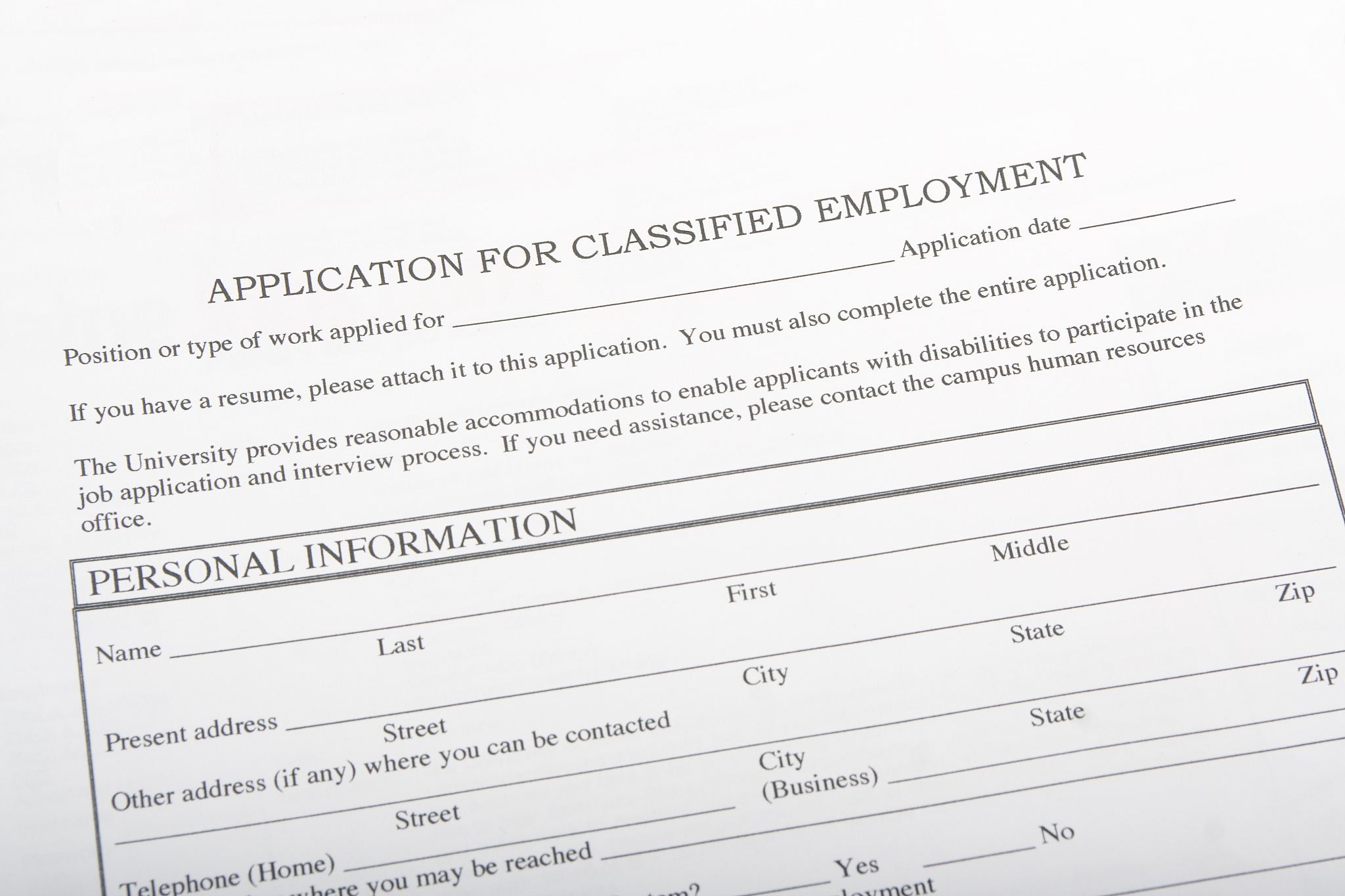Detecting Material Misstatements: When Offsetting Errors Hide the Truth
While it might seem like two material misstatements offsetting each other wouldn't be a major issue, this situation can mask serious problems in financial reporting. Here's why evaluating uncorrected misstatements individually is essential:
The Problem with Offsetting Errors
When two or more misstatements appear to cancel each other out, it can create a false sense of accuracy. This can lead to overlooking potentially significant issues in the financial statements.
The Solution: Individual Evaluation
- Option A: Evaluate uncorrected misstatements individually. This is the correct approach. By examining each misstatement separately, auditors and accountants can gain a clearer understanding of the nature and magnitude of the errors, regardless of any perceived offsetting effects.
- Option B: Evaluate uncorrected misstatements in the aggregate. Evaluating errors in aggregate can obscure the impact of individual misstatements and potentially lead to overlooking material issues.
- Option C: Evaluate the effect of prior period misstatements. While understanding prior period misstatements is important, it doesn't directly address the issue of offsetting errors in the current period.
- Option D: Evaluate uncorrected misstatements using the rollover method. The rollover method focuses on the income statement effect of misstatements and doesn't necessarily reveal the full impact of offsetting errors on the financial statements.
Key Takeaway
Never assume that offsetting errors are insignificant. Always evaluate uncorrected misstatements individually to ensure the accuracy and completeness of financial reporting.

原文地址: https://www.cveoy.top/t/topic/fw3e 著作权归作者所有。请勿转载和采集!